In the vibrant and ever-evolving world of body art, certain terms become synonymous with specific aspects of the craft. One such term that frequently surfaces, often sparking curiosity among both seasoned collectors and those contemplating their first ink, is the ‘flash tattoo’. But what exactly constitutes a flash tattoo? Far from being a fleeting trend, flash tattoos represent a significant and enduring element of tattoo culture, deeply rooted in history and continuing to influence modern tattooing practices. They are pre-drawn designs, readily available for clients to choose from, often displayed on the walls of tattoo studios or in portfolios. These designs are typically smaller, simpler, and quicker to execute compared to custom, large-scale pieces. Think of them as the ready-to-wear of the tattoo world – accessible, stylish, and offering a direct connection to iconic tattoo aesthetics.
The appeal of flash tattoos lies in their immediacy and their historical significance. They offer a visual language that tattoo artists have honed over decades, showcasing classic motifs and styles that resonate with a broad audience. Understanding what a flash tattoo is involves appreciating its journey from the practical needs of early tattoo artists and their clientele to its current status as a cornerstone of tattoo studio culture. It’s a concept that embodies the accessibility and democratic nature of tattooing, making it an art form that can be embraced by many.
What exactly is a flash tattoo? defining the concept
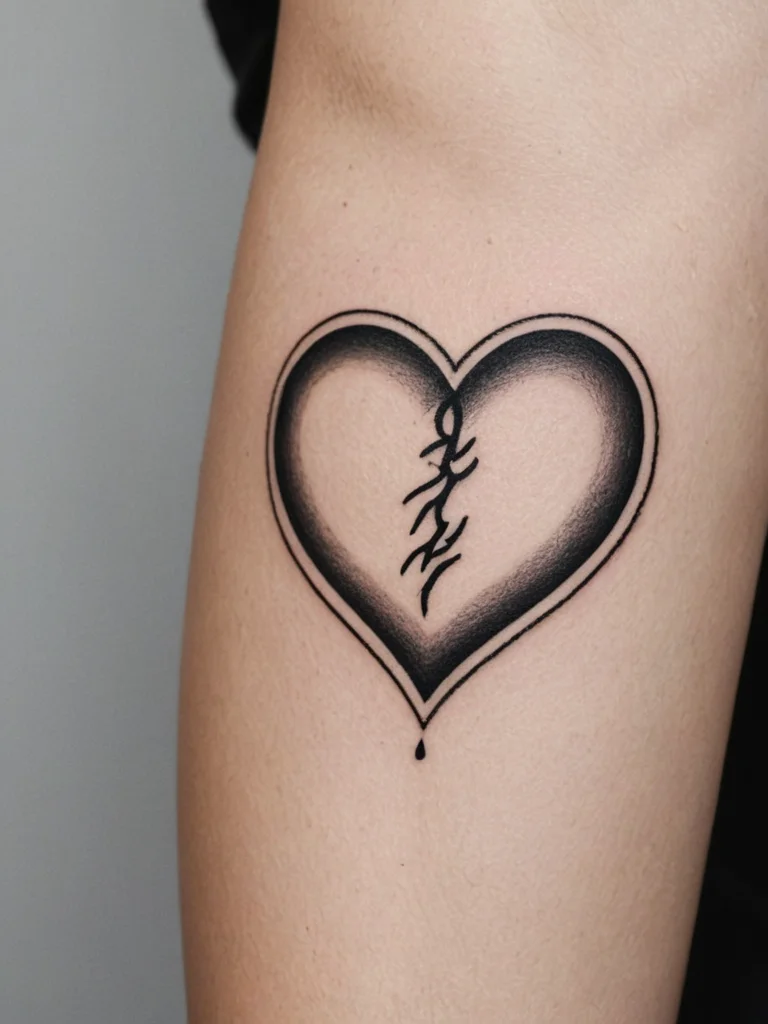
At its core, a flash tattoo is a pre-designed tattoo pattern. These designs are created by tattoo artists and are available to be chosen by clients without the need for a custom drawing session. You’ll often see them displayed in tattoo studios, perhaps pinned to the walls, bound in books, or presented digitally on screens. These designs are generally not unique to the individual; multiple people can get the same flash design, although a reputable artist will often “break” the flash sheet once a design is chosen by a client, meaning they won’t tattoo that exact same design on someone else. This practice maintains a sense of specialness for the client while still adhering to the nature of flash art.
The characteristics of flash designs often include a degree of simplicity and a focus on recognizable imagery. Common themes include traditional Americana motifs like anchors, eagles, roses, swallows, pin-up girls, daggers, and hearts. However, flash designs aren’t limited to this traditional style; modern artists create flash in a myriad of styles, from minimalist line work and geometric patterns to intricate script and neo-traditional interpretations. The key differentiator is that the design exists prior to the client’s decision, unlike custom work which is created specifically for an individual based on their ideas and consultations.
The accessibility of flash tattoos is a major part of their appeal. They provide a clear visual reference, removing the often daunting task of articulating abstract ideas to an artist. If you see a design you love, you can point to it and say, “I want that.” This makes the process straightforward and often more spontaneous. Furthermore, flash designs are typically intended to be smaller and less complex than custom pieces, which can translate to shorter tattooing sessions and, generally, lower costs, making them an excellent entry point for those new to tattooing.
From sailor jerry to the present: the rich history of flash tattoo designs
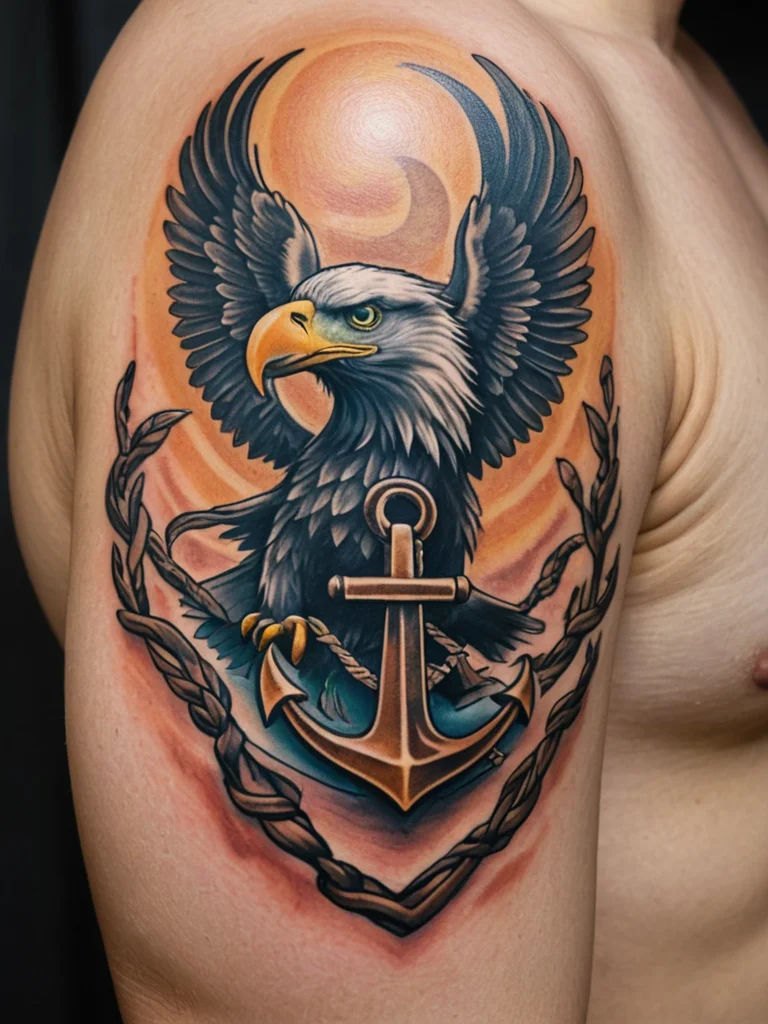
The history of flash tattoos is intrinsically linked to the history of modern tattooing itself. Its roots can be traced back to the early days of tattooing in the West, particularly the mid-20th century, a period heavily influenced by legendary artists like Norman Collins, famously known as Sailor Jerry. Sailor Jerry, along with contemporaries like Bert Grimm and Paul Rogers, developed a distinct style of tattooing characterized by bold lines, vibrant colors, and iconic imagery, often drawing inspiration from maritime life, military service, and pop culture of the era.
These artists would meticulously draw their designs, creating what are now known as “flash sheets.” These sheets served a dual purpose: they were a catalogue of available designs for their clients, and they were also a way for artists to showcase their skills and develop their unique artistic voices. In a time before the internet and widespread photographic documentation, these physical sheets were crucial. They allowed tattoo shops to have a diverse collection of artwork on display, catering to the varied tastes of a clientele that included sailors, soldiers, and circus performers. The portability of these designs was also key; sailors would often carry flash sheets with them as they traveled the world, introducing new styles and motifs to different ports.
The post-World War II era saw the proliferation of these flash sheets. Tattoo parlors across America and Europe featured walls adorned with these designs, creating a recognizable visual language of tattooing. The American Traditional (or Old School) style, heavily represented in these early flash sheets, continues to be immensely popular today. However, the concept of flash art has evolved. While Sailor Jerry’s iconic work remains a benchmark, contemporary artists are constantly creating new flash designs in every conceivable style. You’ll find modern flash sheets featuring everything from delicate floral patterns and abstract designs to anime characters and intricate lettering. The fundamental principle remains the same: pre-drawn art, ready for application, but the stylistic diversity has exploded.
How to choose your flash tattoo: finding the perfect design for you
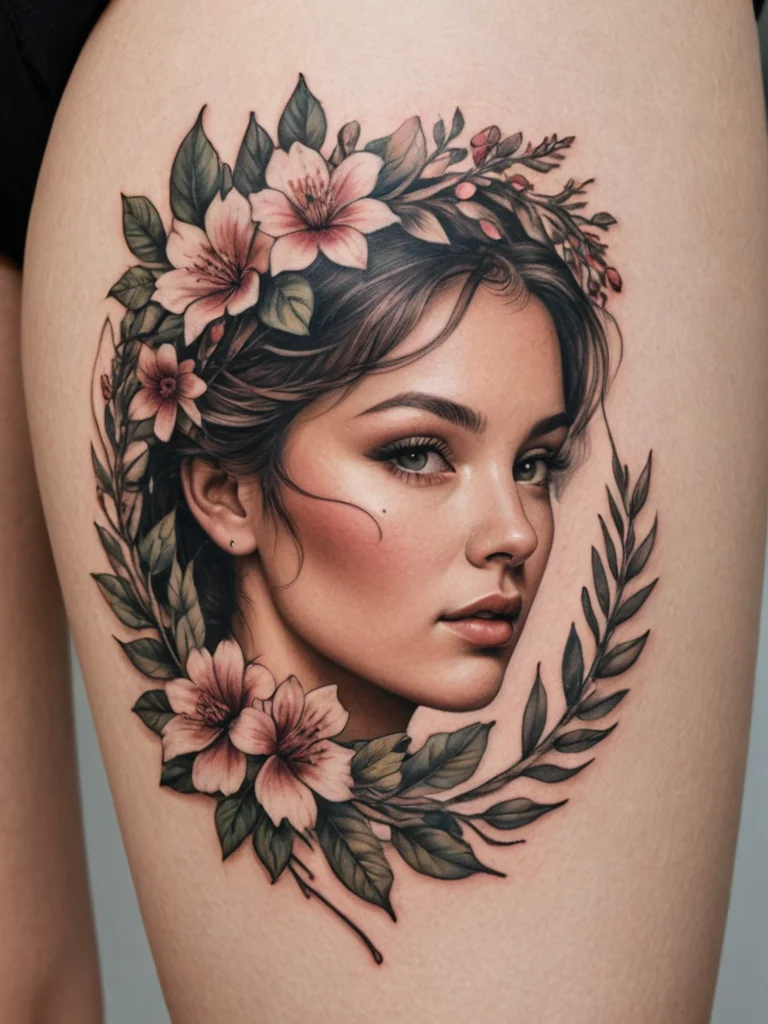
Selecting a flash tattoo should feel like an exciting discovery rather than a daunting decision. The vast array of available designs means there’s likely something that speaks to everyone. The first step in choosing your flash tattoo is to immerse yourself in the possibilities. Many studios have extensive flash books or digital portfolios that you can browse at your leisure. Take your time. Don’t feel rushed. Consider what resonates with you aesthetically, what imagery holds personal meaning, or simply what looks visually appealing.
Think about the placement of your tattoo as well. Some flash designs are better suited for certain areas of the body due to their size, shape, or flow. For example, a long, slender design might work beautifully on an forearm or the side of the ribcage, while a circular or more compact design could be ideal for a shoulder cap or ankle. Discuss potential placements with your chosen artist; they can offer valuable insights based on how the design will interact with your body’s anatomy and how it will age over time.
It’s also worth considering the style of the flash. Are you drawn to bold, traditional designs, or do you prefer something more delicate and minimalist? Do you like color, or do you envision a black and grey piece? Many artists specialize in particular styles, and choosing an artist whose flash work aligns with your taste will ensure a better overall experience and result. Don’t be afraid to ask questions. A good artist will be happy to discuss the meaning behind certain symbols (if any) or the stylistic choices made in their flash designs. Ultimately, the “perfect” flash tattoo is the one that you love looking at, that feels right for you, and that is executed by a skilled artist.
Flash tattooing today: trends, styles, and where to find them
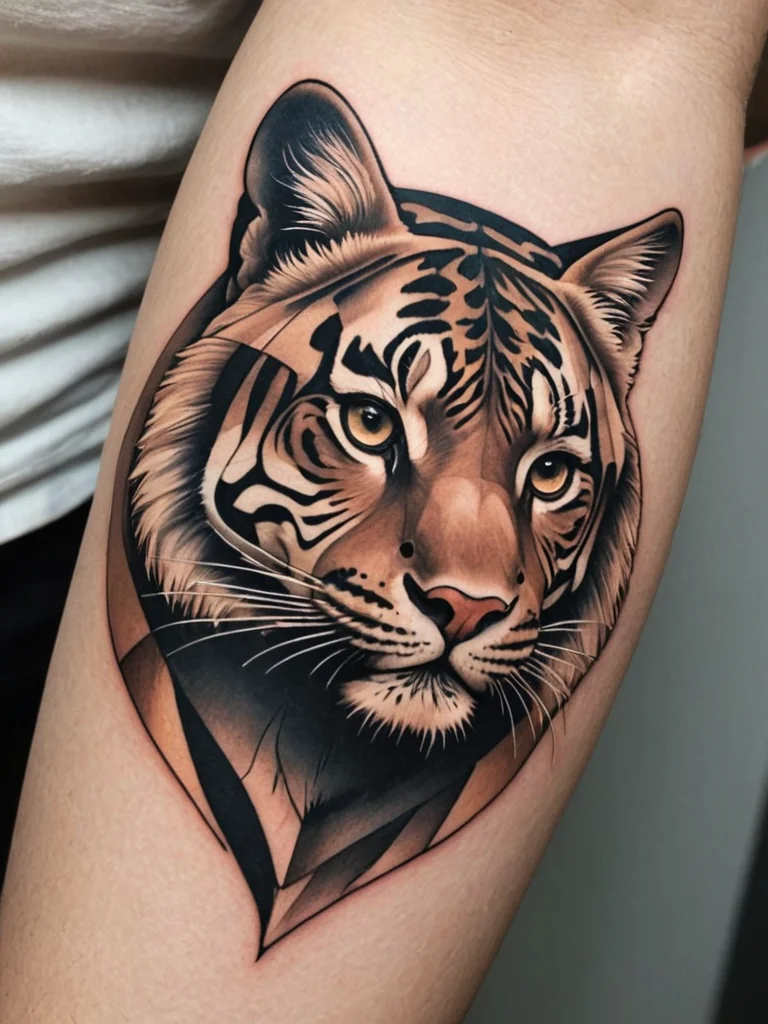
The landscape of flash tattooing today is incredibly diverse and dynamic. While the traditional American style remains a strong presence, modern tattoo artists are pushing the boundaries of flash art, creating designs that reflect contemporary aesthetics and interests. You’ll find flash sheets dedicated to specific themes, such as botanical illustrations, occult symbols, geometric mandalas, pop culture references, and even abstract brushstrokes. The digital age has also played a significant role, with many artists sharing their flash designs extensively on social media platforms like Instagram and Pinterest, allowing people worldwide to discover their work.
This digital accessibility has led to a rise in ‘flash day’ events. These are often special events hosted by tattoo studios where artists offer pre-selected flash designs at a set price, usually for a limited time. Flash days are popular because they offer a chance to get tattooed by talented artists, often at a more accessible price point, and they foster a sense of community and excitement. It’s a great way to experience the culture of flash tattooing firsthand.
When looking for flash tattoos, the best place to start is often your local tattoo studios. Many artists have their own unique flash collections that they are passionate about tattooing. Exploring the websites and social media of artists and studios you admire is crucial. Look for artists whose style you connect with – whether it’s fine line, neo-traditional, watercolor, or blackwork. Many artists will explicitly state if they are open to tattooing their flash designs or if they have specific flash sheets available. Additionally, attending tattoo conventions can be another excellent avenue to discover new artists and their flash offerings, often providing an opportunity to connect with them directly.
Is a flash tattoo right for you? pros, cons, and what to expect
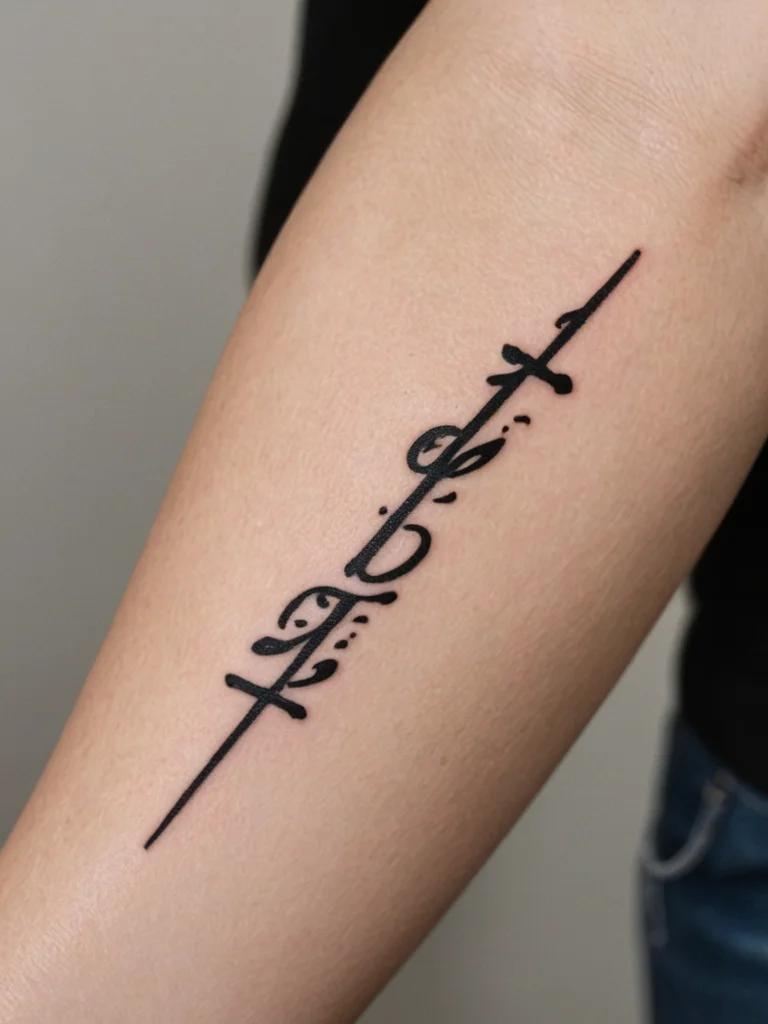
Deciding whether a flash tattoo is the right choice for you involves weighing its advantages against potential considerations. The pros are numerous and significant. Firstly, accessibility and affordability are major draws. Flash designs are typically less expensive than custom work because the design process is already complete, and they often take less time to tattoo. This makes them a fantastic option for those on a budget or first-time tattoo clients looking for a more straightforward experience.
Secondly, flash tattoos offer a direct connection to established tattoo aesthetics and the artistry of experienced tattooists. When you choose a flash design, you are often selecting a piece that has been refined and proven popular over time, or a piece that represents an artist’s signature style. This can provide a sense of confidence in the quality and appeal of the artwork. The spontaneity of choosing flash can also be a positive aspect, appealing to those who enjoy making decisions in the moment or who are drawn to the inherent tradition of flash art.
However, there are also considerations. The primary “con” for some might be the lack of customization. While some artists may offer minor tweaks, flash designs are generally not created with your unique life story in mind. If you’re seeking a deeply personal, one-of-a-kind symbol that represents a very specific aspect of your life or identity, custom work might be a better fit. Additionally, because flash designs are often pre-drawn and displayed publicly, there’s a possibility that someone else might have the same or a very similar tattoo. While artists often avoid repeating exact flash pieces, the style and subject matter can be replicated by others. What to expect during the process? It’s usually quite streamlined. After selecting your design and confirming placement, the artist will prepare the stencil, and the tattooing will commence. The session is typically efficient, and you’ll leave with a piece of tattoo history etched onto your skin. Ultimately, a flash tattoo can be a wonderful, accessible, and artistically satisfying way to adorn your body with meaningful or simply beautiful art.